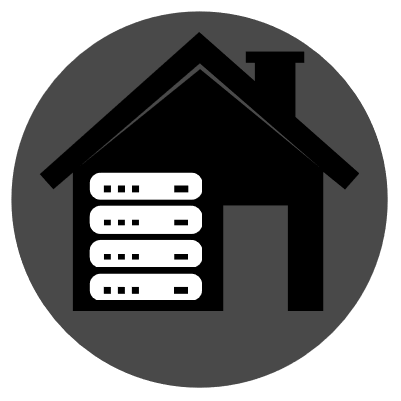

Nobody reads the articles.


Nobody reads the articles.


You have to click through the reddit link to find the “original”, which is a perplexity AI generated “article”. It’s all AI slop.


Windows and Linux can mount ISOs without additional software. Macs can mount DMGs.
Either way, you could preload that software before the file.
Memtest? Boot a live image and stress test each component?
I don’t think it’s overheating, usually that presents as throttling followed by a thermal protection power off.


Well it’s not open source that I see, so you’ll be doing significant development to match it. There are probably place clones that you can use as a start, then tie in OSM. But that’s far easier said than done.


If you’re adding drives with more capacity, why bother converting? Just create the new one, copy the data, then expand over the old disks.


Have backups for anything you can’t afford to lose, and be patient.


Does this happen on wired or just wireless? Does it still happen if you disable or change one of the APs?


Never used tartube, but yt-dlp supports chapters and splitting. See the manual, or search for examples via your favorite engine.


Not everything runs in a container.


I don’t think you want two VPN services, I think you want one VPN service and plain network routing. Use the VPN server as the local gateway, and the VPN server routes that traffic up the tunnel.


I think you should seek someone with experience, a mentor. Otherwise it’s the blind leading the blind.


Fun fact, you probably download the file anyway because it’s smaller than one of the torrent blocks. That block contains info from a file you do want, so you download the whole block. Your torrent client just puts that file in a different place.
So ultimately it doesn’t make a difference, except to show you the file. If you don’t actually look at the files that often, I’d leave that file checked just to make it less complicated.


It is not going to matter. If the malware can escape the VM, it’s going to do that regardless of host network access.


Sure. Put whatever file into an iso and mount it.


It would be easiest to just change the client addresses frequently. You should be able to configure that in your addressing system.


Create an ISO and mount that.
But really, it doesn’t matter how you get the file in before you open it. It’s extremely unlikely that it malware could be executed just by putting a file on disk.


Validate the checksum against the official sources.


Add :ro for read-only.
If you pass a whole raw disk, not virtualized, then TrueNAS should not complain. I don’t know if you can do that in proxmox, I haven’t tried.
Personally I’d get rid of TrueNAS. Even if docker is down, the VM with the data is still up and accessible over anything running on the VM, like scp via ssh.